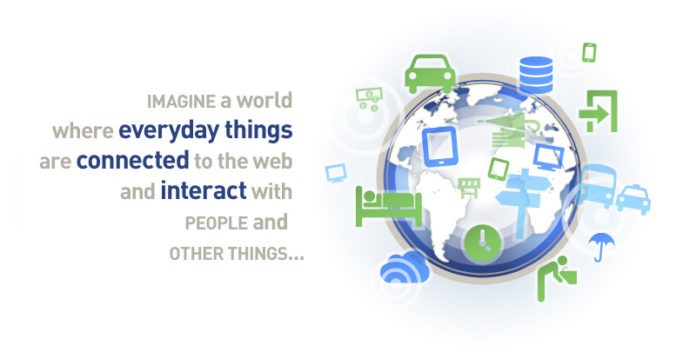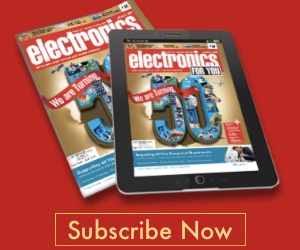As the IoT concept gains ground, there are several platforms cropping up, from simple to complex, aimed at simplifying the design, development and deployment of IoT products.
The IoT concept has suddenly begun to seem all the more exciting, as it starts dawning on people that it can include just about any product, from a light bulb or a toaster to a robot or industrial machine. With more clarity, the term is beginning to grow wings and come out of research labs to the minds of geeks, the desks of hobbyists to the lobbies of start-ups! Naturally, there are many products and platforms emerging to support the development of IoT products.
Here are a few full-fledged platforms that have come up recently…
- Xively: Xively is a public cloud for the IoT. Their idea is to help people focus on building products rather than worry about the required infrastructure. Xively enables you to develop, deploy and manage your connected product using their mature IoT public cloud, Web-based tools and developer resources, all offered on a Platform-as-a-Service model. These include the Connected Object Cloud that enables applications, devices, data, places and users to be easily interconnected; standards-based services and tools; and intuitive lifecycle management capabilities. Xively’s showcase of clients is quite impressive, ranging from radiation monitoring to agricultural platforms. The company has also been partnering with industry giants like ARM, mbed and Arduino to drive innovation.
- WigWag: A funny-sounding but interesting start-up based in Austin, Texas, is hoping to change the way people interact with things. It helps automate devices, without the need for any programming, networking, and such complexities. Their package includes cloud services, QR codes and simple hardware, and can be used by anybody to build powerful, distributed sensor networks and automated systems to provide information, gather analytics from the physical world, and create systems that learn from, adapt and interact with the environment. By simply scanning a QR code, you can connect a device to your smartphone and automate it, or use it in other ways. All you need to do is give simple if-this-then-that instructions. It is basically—power of IoT for everybody!
- Ayla Networks: Launched this month with whopping venture funding, Ayla is another platform for hosting connected devices. One key difference is that Ayla is not targeting end-users; it is targeting large companies wanting to IoT-enable their products. It has collaborated with Broadcom and STMicroelectronics to ensure that software supporting the Ayla platform is embedded on the chips that Ayla customers would buy to add connectivity to their devices. Ayla also promises device discoverability, the ability to hook multiple devices on the Ayla cloud together in one application and other features aimed at helping Ayla’s clients to improve their end-user experience. E.g., Ayla might enable a consumer electronics maker to build a connected microwave that can report back to the manufacturer when a part is wearing out. Ayla has already been deployed by Chinese media firm SINA.
Some of the other notable IoT platforms include Electric Imp, ThingWorx, Carriots and Thingsquare. Additionally, there are operating systems like Contiki, microcontrollers like Pinoccio, and other such products that address critical aspects of the IoT independently. All these products, of course, aim to be the Android, the Arduino or the Raspberry Pi of the IoT era.
Let’s wait and see who triggers the most innovation!













